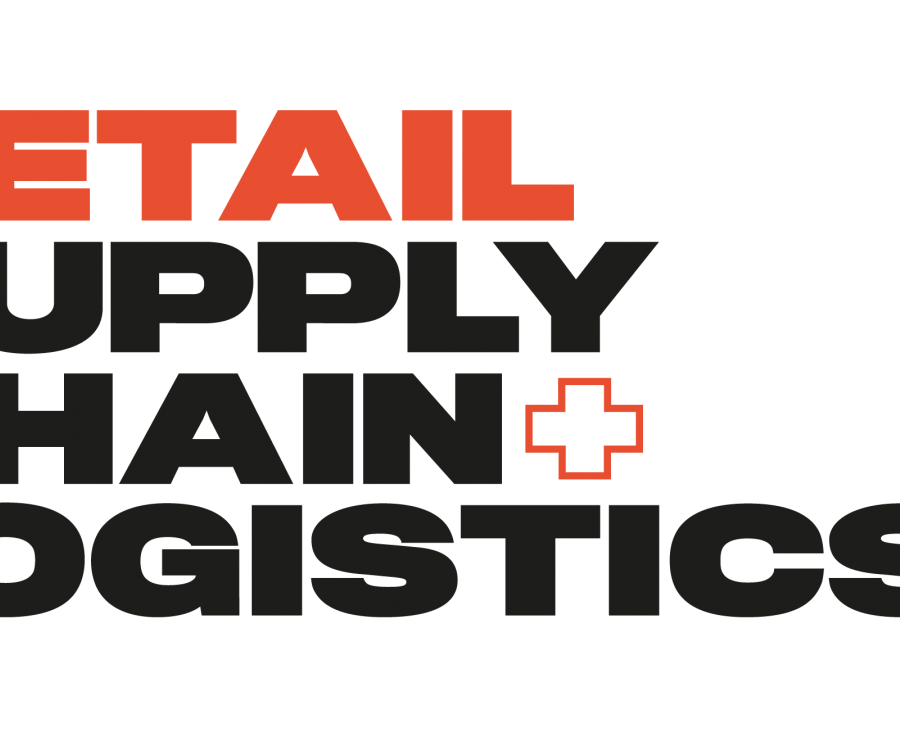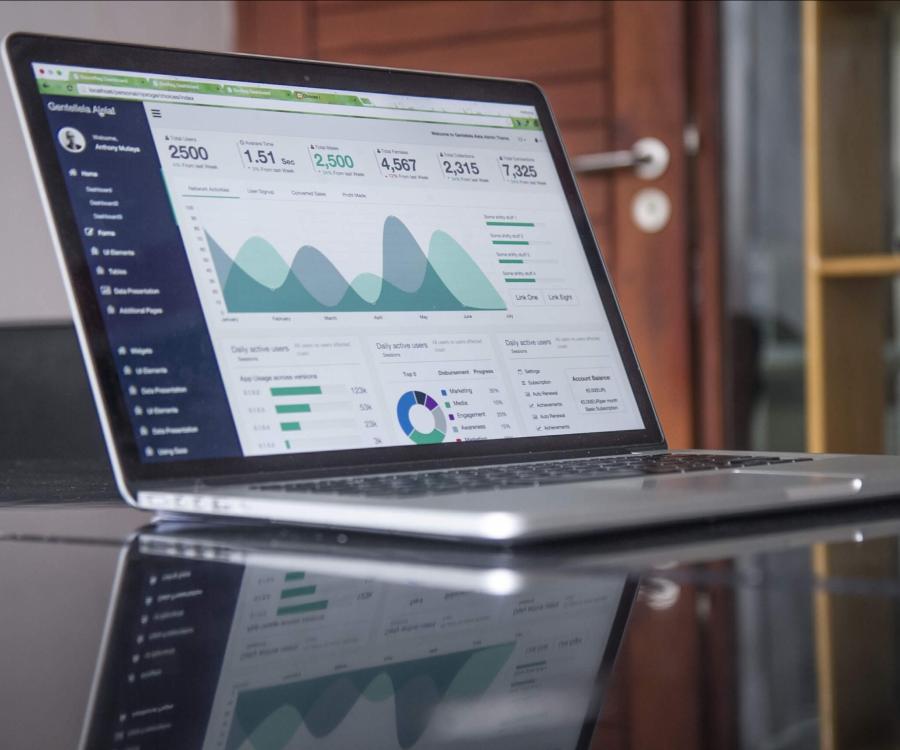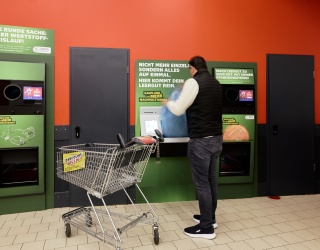Hardly any business process is managed without the help of IT. That’s why the main task for retailers is not to gather data about business processes but to make the most of this data instead.
Business Intelligence (BI) is the “secret weapon” that helps retailers with this endeavor. Professor Dr. Olaf Jacob, a business analytics and business intelligence expert at the University of Applied Sciences Neu-Ulm in Germany, explains how retailers use BI in their businesses and describes the benefits they can reap.

How does Business Intelligence benefit business owners?
Business intelligence enables businesspersons to gather and compress data from their day-to-day business and obtain information relevant to management: about the business in general and its processes, customers, and suppliers. With these resources, entrepreneurs can improve business decisions.
How does this work?
From a technical perspective, BI systems try to create an integrated and consolidated data pool. It contains all company data that’s relevant to management and that can be used for a variety of analysis processes. This is also called the "single source of truth". It ensures that all decision-makers in the company have the "same and accurate" data.
The data analysis pursues two goals: on the one hand, past events and data are analyzed. A retailer might be interested to know what his/her top ten products were in the previous week for example. On the other hand, the analysis can be used for forecasting and to answer questions such as: Based on sales volume, what will be the top five products in the coming week? These "predictive analytics" go along with high expectations.
What opportunities does the proper implementation of BI afford retailers?
First and foremost, BI delivers transparency and data compression. Transparency in business operations allows comparability. For example, this lets users determine the contribution margins of different product groups and compare them with one another. Compressed data permits ongoing reporting of key performance indicators that are relevant to the organization. These include factors such as inventory turnover rates or the payment history of customers.

Which business areas and processes of a retail company can especially benefit from this?
In essence, the entire retail value chain - ranging from purchasing to warehousing all the way to sales and after-sales - offers a broad spectrum of applications of BI. There are two dominating segments: product and customer analytics, as well as branch network management.
In addition to typical sales statistics, another example of the first category is the ABC analysis. This lets retailers group customers and products in order of importance and contribution to sales or analyze the productivity of distribution channels.
An analysis and comparison of sales and inventory levels of several branches simplifies the targeted management of the branch network.
Can you identify trends in the field of BI that will determine its future application?
The trend is clear: data analytics and big data. Data fuels the information society and is expected to accumulate and grow extensively in the future. Data must be considered a raw material that needs to be systematically mined, maintained and managed.
Due to the advancing digitization and online retailing, it is crucial to analyze data in real-time and utilize it for a targeted customer approach. Amazon is a pioneer in this area by adding the note “customers who bought this item also bought these products".
The trend will move towards omnichannel marketing. This means retailers will collect and integrate data across all touchpoints – including online shop, call center or physical store – to glean a 360-degree view of their customers.
Should even small and medium-sized retailers look into BI?
BI is beneficial, even for small retailers. An application should always be considered, if the options of BI provide a benefit that is manually unobtainable or only attainable by exerting a lot of effort. Needless to say, this implies that a crucial amount of customer and product data can no longer be managed in a manual fashion. The market offers cost-efficient BI tools that deliver simple analytics within a few short days.
Having said that, it is important to note that this data must be collected from a functional place, meaning you mustn’t put the cart before the horse. BI depends on data from the value chain, which is ideally not provided via manual settings but rather through various data pre-processing systems such as cash registers with scanners, online stores or payment systems.
Is there a difference between the application of BI in brick-and-mortar versus online retail settings?
The principle of analysis and compression of data essentially remains the same. One example of this is market basket analysis ("Which combinations of items were purchased together"?) retailers can conduct for both offline and online business.
Quite often, it’s much easier to apply BI to online retail settings due to the already existing data. This data provides special analysis options for consumer behavior and answers questions as to why customers placed items into their electronic shopping cart but did not complete the purchase.
Do you have tips for the practical implementation in a company?
Provided that the corresponding data pre-processing systems are in place that provide the data for BI applications, you have to initially ask questions about the business and not the technologies. Examples of this are: What types of analysis do I need? How do these analyses help to boost the value chain productivity or help me to truly understand my customers?
The actual technical implementation starts once the business goals have been clarified. Here, data management is the top priority at the outset: retailers must determine where data is being generated in the company and how they can ensure that this data is accurate and updated.







